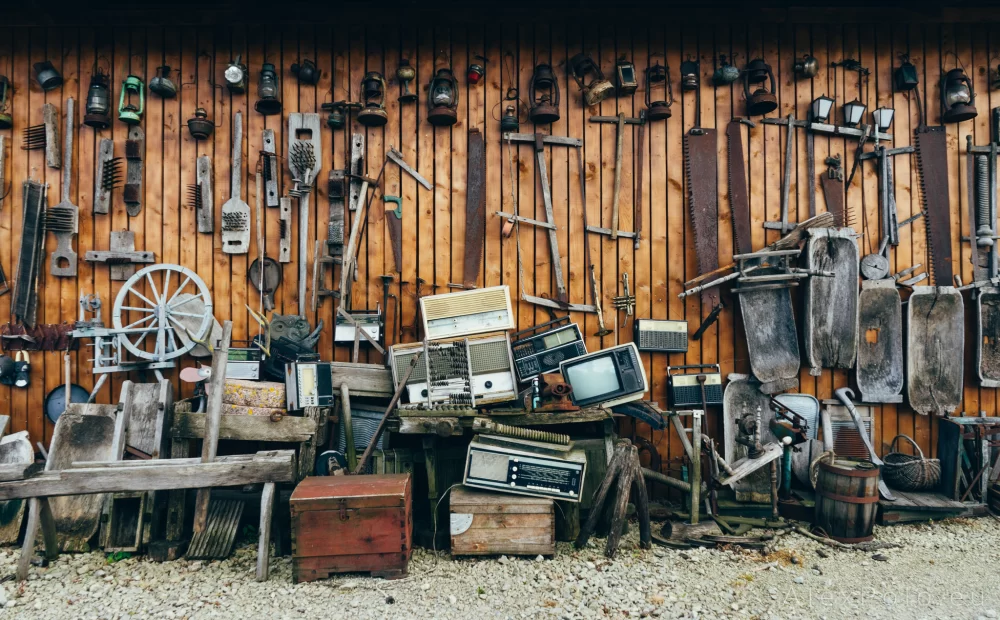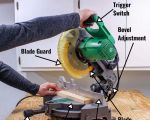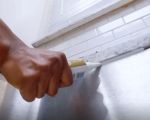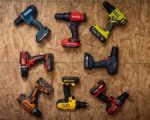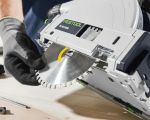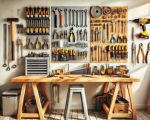- 1-Understanding-the-Basics-of-Drilling-Metal
- 2-Preparation-and-Essential-Tools-for-Precision-Drilling
- 3-Step-by-Step-Guide-to-Drilling-Accurate-Holes
- 4-Common-Challenges-and-How-to-Overcome-Them
- 5-Finding-the-Right-Tools-and-Resources
1. Understanding the Basics of Drilling Metal
Drilling precise holes in metal requires more than just pressing the drill against the surface. The hardness and density of metal materials present unique challenges compared to wood or plastic. To achieve accuracy, it’s crucial to understand how different metals behave under drilling conditions and how the type of drill bit, speed, and pressure affect results.
For instance, drilling into aluminum demands less force and a faster speed than drilling into hardened steel. Knowing these distinctions helps avoid common pitfalls such as bit slipping, overheating, or creating oversized holes. This foundational knowledge sets the stage for effective and precise metal drilling.
1.1 Types of Metals and Their Impact on Drilling
Different metals require tailored approaches. Soft metals like copper and brass drill more easily but still require care to maintain hole precision. Hard metals such as stainless steel need slower drilling speeds and specialized bits. Recognizing the material you’re working with informs your choice of tools and techniques, improving the accuracy of the drilled hole.
1.2 Importance of Accurate Measurement and Marking
Before drilling, precise measurement and marking are essential. Using a center punch to create a small indentation helps guide the drill bit and prevents wandering. This small but vital step significantly improves hole placement, ensuring your project maintains exact specifications.
2. Preparation and Essential Tools for Precision Drilling
Proper preparation and the right tools form the backbone of drilling precise holes in metal. Skipping these steps often results in frustrating mistakes and wasted materials.
2.1 Choosing the Right Drill Bits
The quality and type of drill bit affect both the precision and longevity of your tools. High-speed steel (HSS) bits are commonly used for metal drilling, but cobalt and carbide-tipped bits excel in tougher metals. Selecting the right bit size, sharpness, and coating also plays a critical role in hole accuracy and surface finish.
2.2 Securing the Workpiece
Stability during drilling cannot be overstated. Clamping the metal securely prevents vibrations and movement that cause imprecise holes or damage. Using a drill press when possible offers superior control compared to handheld drills, especially for repetitive or critical work.
2.3 Lubrication and Cooling
Applying cutting fluid or oil reduces friction and heat buildup, which preserves the drill bit and produces cleaner holes. Proper lubrication is especially important when working with hard metals, as overheating can dull bits quickly and lead to inaccurate drilling.
3. Step-by-Step Guide to Drilling Accurate Holes
Following a systematic approach ensures each hole is drilled with precision and efficiency.
3.1 Mark and Center Punch
Begin by marking the exact location of the hole. Use a ruler or caliper for accuracy, then create a small indentation with a center punch. This indentation guides the drill bit and prevents it from slipping at the start.
3.2 Select Drill Speed and Bit
Choose a drill speed suitable for the metal type and thickness. Generally, slower speeds are better for harder metals. Attach the correct drill bit, ensuring it is sharp and undamaged.
3.3 Clamp and Drill
Secure the metal piece firmly to your workspace or drill press table. Begin drilling with gentle pressure, allowing the bit to do the work without forcing it. Pause occasionally to clear metal shavings and apply lubrication to maintain bit temperature.
3.4 Finishing and Cleaning the Hole
After drilling, deburr the hole edges with a countersink bit or file to remove roughness. This step ensures a clean, precise hole ready for any fastening or assembly work.
4. Common Challenges and How to Overcome Them
Even experienced metalworkers face obstacles when drilling precise holes. Understanding these challenges helps you anticipate and solve them efficiently.
4.1 Drill Bit Wandering
When a drill bit slips away from the intended mark, it can ruin the project’s accuracy. Prevent this by always using a center punch and starting with a smaller pilot hole before moving to the final size. This technique stabilizes the bit and improves precision.
4.2 Overheating and Bit Dulling
Excessive heat from friction can quickly dull bits and distort the metal. Use cutting fluid liberally and maintain appropriate drill speeds to manage temperature. If you notice smoke or discoloration, pause to cool the bit and workpiece.
4.3 Hole Size Inaccuracy
Sometimes holes end up larger than intended due to worn bits or excessive pressure. Regularly inspect your bits for wear, and avoid pushing too hard during drilling. If extreme precision is needed, consider using a drill press for consistent control.
5. Finding the Right Tools and Resources
Access to quality tools and expert guidance makes all the difference when learning how to drill precise holes in metal. Whether you’re a hobbyist or professional, sourcing reliable equipment and resources helps build confidence and skill.
ToolNest offers a comprehensive selection of drill bits, cutting fluids, clamps, and drill presses tailored to metalworking needs. Alongside product recommendations, ToolNest also provides helpful tutorials and user reviews to assist in making informed choices. For anyone aiming to elevate their metal drilling accuracy, ToolNest is an invaluable resource.

